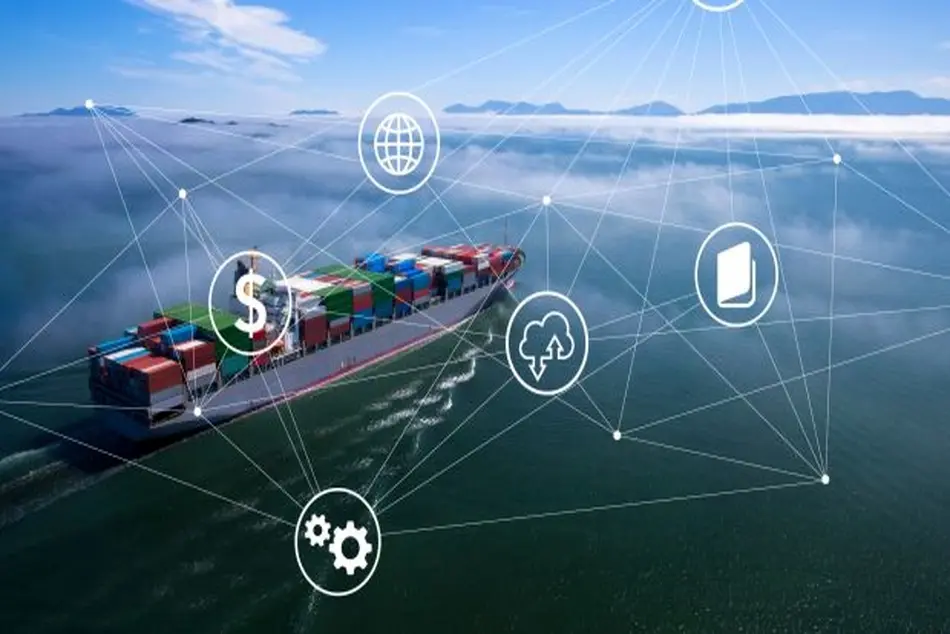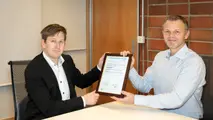Standardisation to enable digital transformation, says DNV GL

Classification society DNV GL has released a new position paper setting out the importance of standardisation in enabling the growth of digital applications in the maritime industry.
The paper examines how standardisation can enable the effective collection, storage, exchange, analysis and use of data, while contributing to improved data quality and sensor reliability.
As the first demonstration and pilot projects are already underway and the industry is asking what is needed to transform these into fully scalable products, DNV GL suggests that the answer could be a greater emphasis on standardisation.
“Standards are used in many industries to advance efficiency, safety and environmental performance,” says Pierre Sames, Group Technology and Research Director, DNV GL. “With the rise of the Internet of Things in shipping, we believe that many stakeholders can benefit from developing a standardisation strategy to take advantage of a more digital maritime industry.”
As explained, as more and more data is being collected, exchanged and prepared for use, the origin, quality level, context, and legal status can become less transparent – the result being that end users are less likely to trust and therefore use the data. Thus, the paper focuses on the collection of ship sensor data, discussing the need for standardisation in six key areas:
ship data models,
sensor naming and referencing,
maritime taxonomies and code books,
sensor metadata,
shipboard data recorder,
sensor quality and reliability.
However, as future technologies develop, there may be a need for new standards to support other applications, such as model-based simulations and autonomous ships.
“Standards are a key factor in removing barriers and enabling the growth of digital applications in the maritime industry and we hope this study will inspire others to invest in the development and adoption of standardisation,” concludes Pierre Sames.



